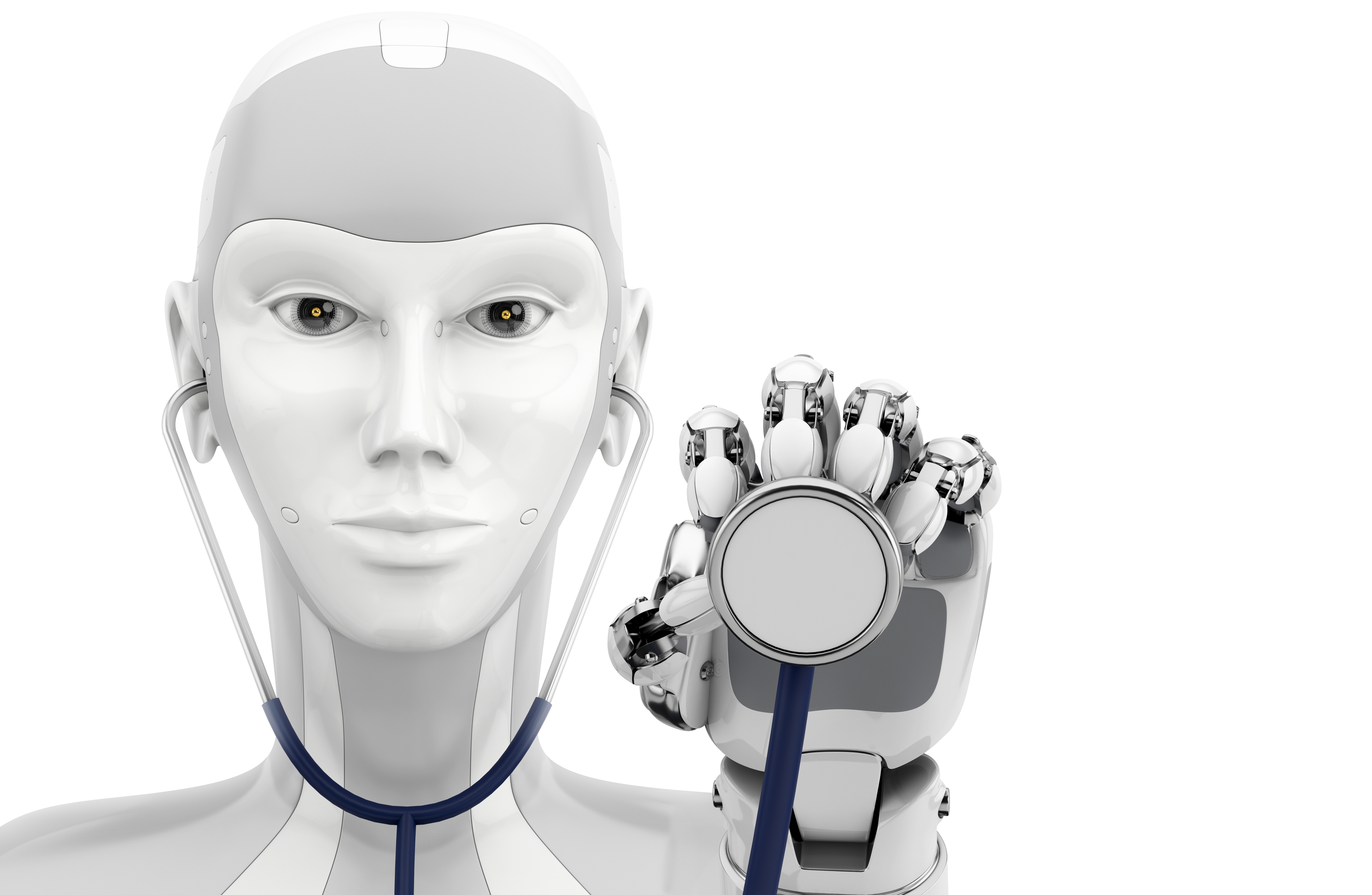
AI in healthcare is not a matter of either doctors or machines, but of putting the two together to get the best possible clinical results.
That was one critical observation coming out of a panel discussion among three experts from various fields of AI – clinical practice, research and healthcare apps – at the recent HIMSS Singapore eHealth & Health 2.0 Summit on April 24.
According to one panelist, Dr Ngiam Kee Yuan, Group Chief Technology Officer, National University Health System, Singapore, studies consistently show that when doctors follow the machines’ suggestions, they’re “better than either the doctor or machine alone. I think that’s what we really want, that is, a combination of AI and a doctor is better than either of them.”
Adding to Dr Ngiam’s statement, another of the panelists, Dr Ali Parsa, Founder and CEO, Babylon Health said, “The augmentation (of AI) to existing services is unbelievably valuable and we should not underestimate the contribution technology makes today. The contribution it makes today makes those who use it significantly better than those who don’t, that in future, makes those who don’t use it, irrelevant.”
Rounding out the panel was Dr Hwang Hee, Chief Information Officer & Associate Professor, Department of Pediatrics, Seoul National University Bundang Hospital, South Korea, who noted that from his experience as a clinician in South Korea, he feels that AI can help him concentrate more on his patients compared to the conventional way of practice. For example, he takes 30 minutes to an hour to do an electroencephalogram (EEG) interpretation compared to the AI software which just takes five minutes to do the same – that frees up more time for him to communicate with his patients.
On a broader level, Dr. Ngiam observed that across the healthcare sector providers are “seeing a much greater update of machine learning and deep learning because of the availability of two things: one is the data that becomes available and secondly, relatively cheaper or cheap computing power that one can get today. That spurred a new revolution and allowed us to use information in ways we never thought possible. But it’s also created real challenges – one of the key things I tell every software developer is to ensure that the data is ‘clean’, that’s paramount. And I think from that point of view, we always have to think about AI with reference to the data we select.”
From another angle, Dr Parsa noted that “we use the word AI for a whole set of different techniques. And each of those techniques are useful for different applications. For instance, for diagnosis, you cannot use what is currently called deep learning because the likelihood of misdiagnosis is very high and the technique to be used is probabilistic graphical modeling, which is very close to probability analysis – it just happens to be that machines are better at probability analysis that the human brain can be.”
For Dr Parsa, the hype of AI is high. In the short-term, it will continue to develop as it has over the past few years, but he believes that in the long-term it will surpass all current expectations.


